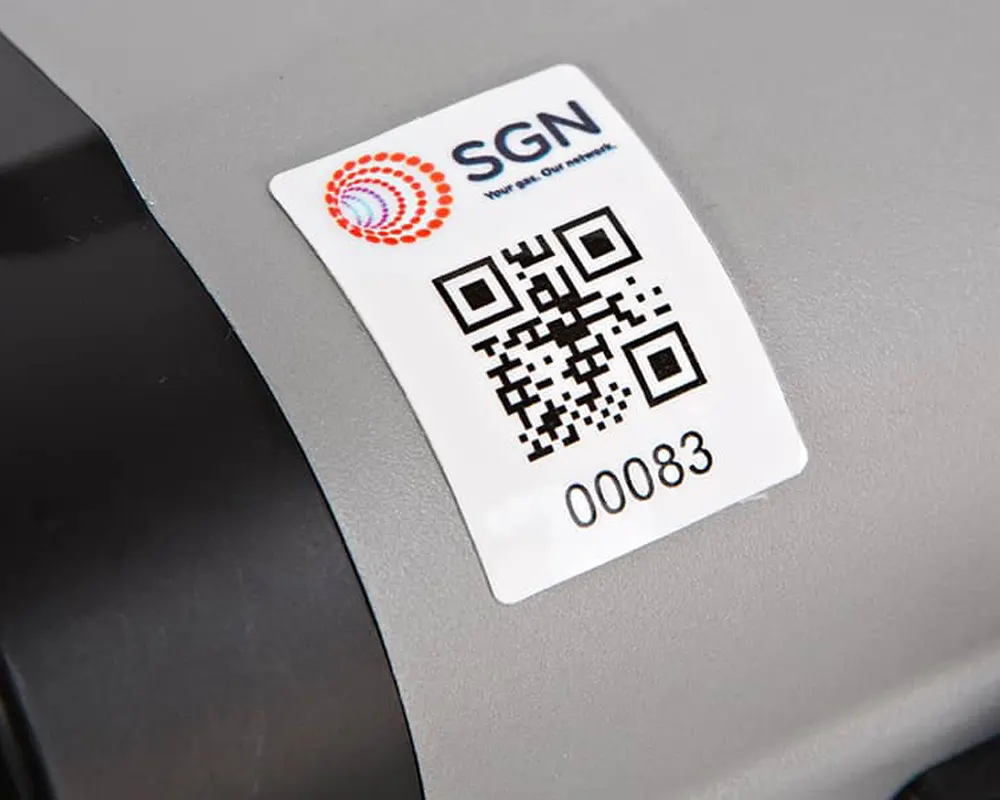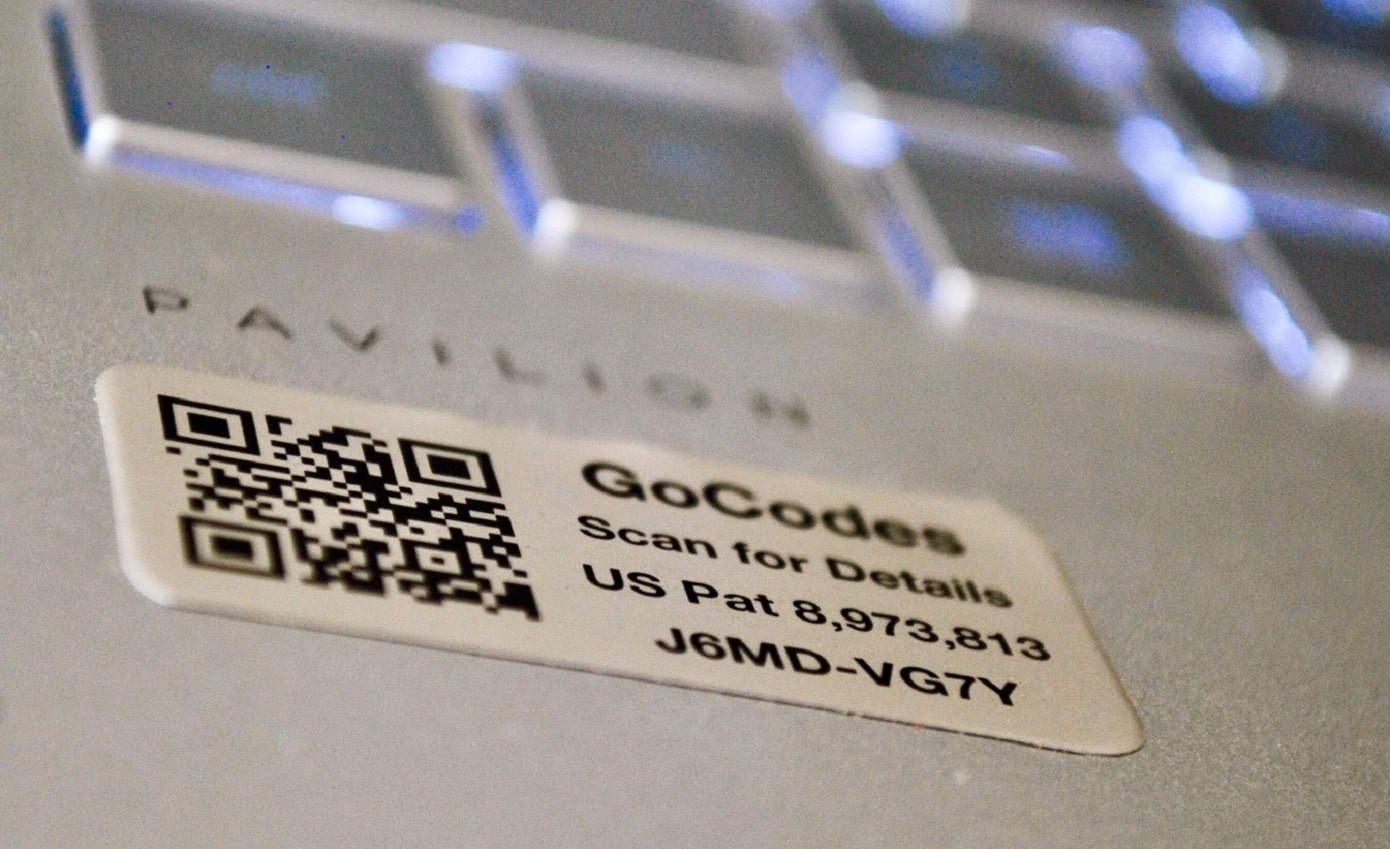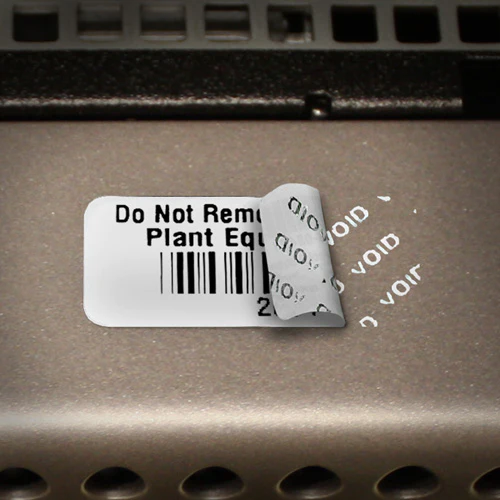RFID Asset Tags
RFID Asset Labels
- Track multiple assets at any one time
- Collect data in real-time
- Maximise accuracy of inventory
- Maximise workplace efficiency
Sizes
Standard
38 X 20 mm
50 x 25mm
Custom sizes available on request
RFID asset labels are a smart way to track and manage physical assets using radio frequency technology. Unlike traditional barcode labels, RFID (Radio Frequency Identification) tags can be read without direct line of sight, and they can store more information. This makes them ideal for automating inventory, improving asset visibility, and reducing manual work.
How RFID Asset Labels Work
Each RFID label contains a small chip and antenna. When the tag passes near an RFID reader, the chip transmits data wirelessly. This allows you to:
Track assets without scanning each tag manually
Read multiple items at once
Capture data through boxes, shelves, or packaging
RFID labels can be passive (no battery), active (with battery), or semi-passive. Most asset tracking uses passive RFID because it’s cheaper and still very effective.
Key Features of RFID Labels
Wireless scanning — No need for line-of-sight like barcodes
Bulk reading — Scan many items at once
Data-rich — Store more info than a barcode
Durable — Can be used outdoors or in harsh environments
Tamper detection — Some RFID labels include tamper-evident features
What Are RFID Tags Made From?
RFID asset labels are built from layered materials:
Top Layer: Polyester or polypropylene — durable and printable
Inlay: Chip + antenna embedded on a thin plastic substrate
Adhesive: Strong glue for permanent attachment to surfaces
Liner: Paper backing for easy peel-and-stick application
RFID inlays are very thin and flexible, making them suitable for labeling everything from laptops to pallets.



